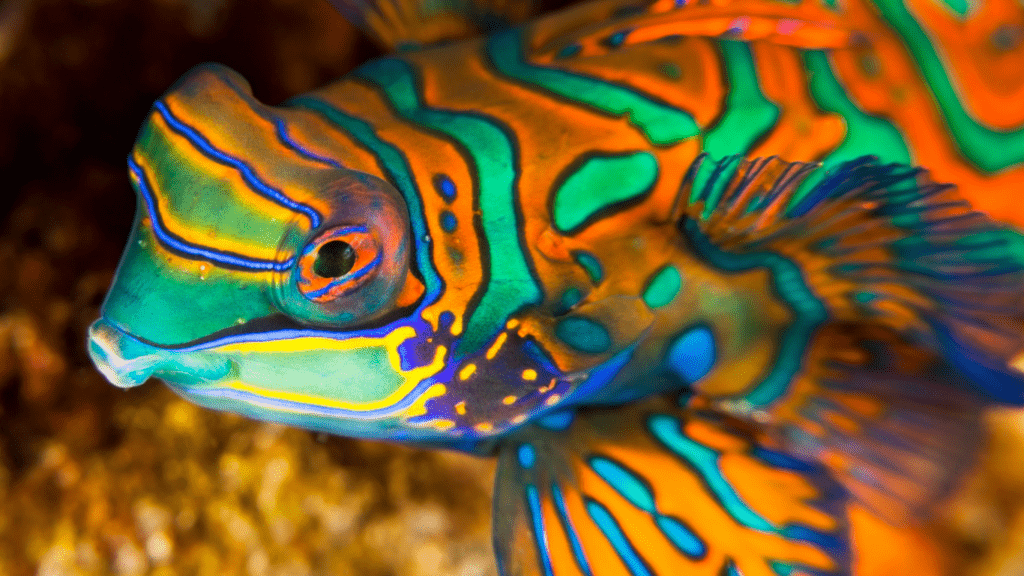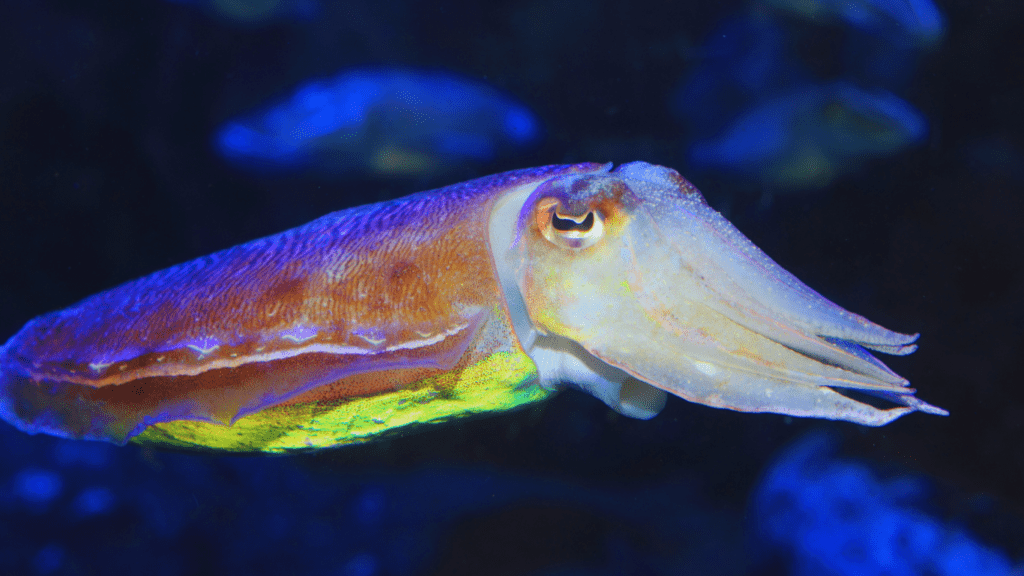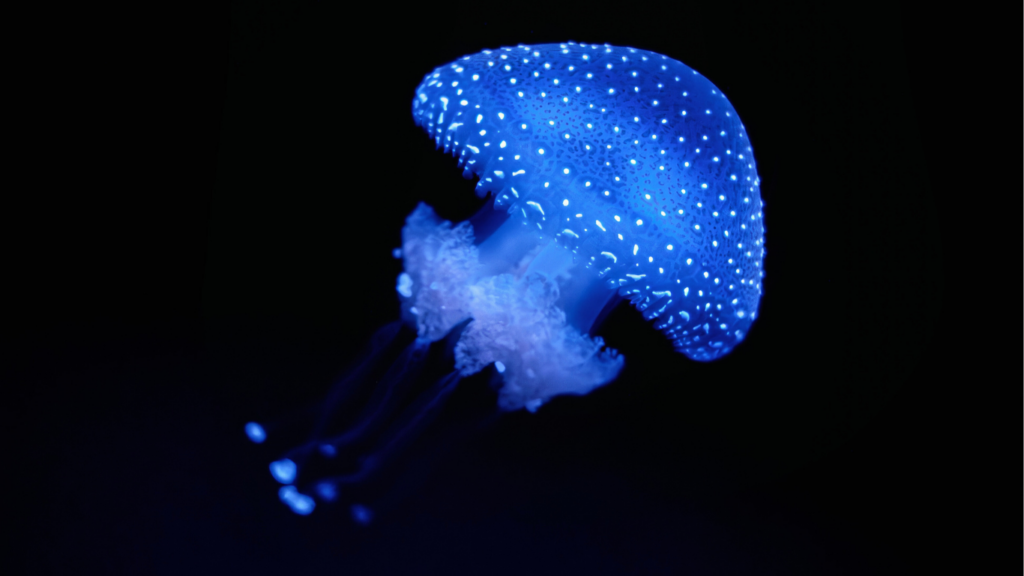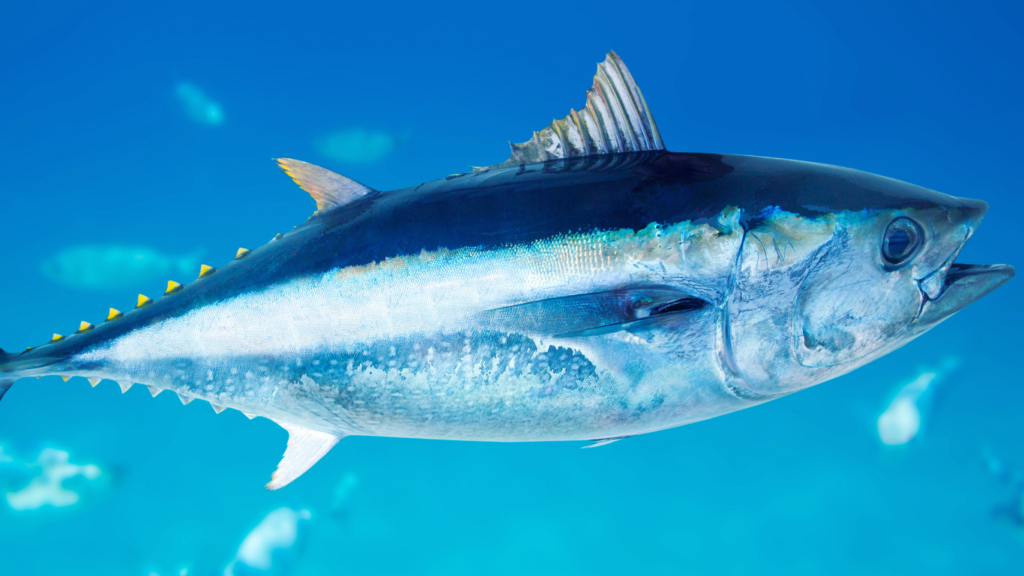Exploring The Phenomenon Of Color-Changing Fish
Color-changing fish exhibit transformations driven by a combination of biological and environmental factors. They rely on specialized cells called chromatophores and iridophores, which manipulate light and pigments to alter their appearance. Species like the mandarinfish and cuttlefish showcase these capabilities vividly.
Defense mechanisms often trigger these transformations. For example, flounders adapt their colors to blend seamlessly with the seabed, evading predators. Similarly, lionfish shift their shades to intimidate or confuse threats.
Communication is another critical reason for color changes. Male betta fish intensify their hues to signal aggression or readiness to mate. Meanwhile, parrotfish alter their colors during courtship displays to attract partners.
Environmental stimuli also play a significant role. Water temperature, light availability, and surrounding habitats influence these changes in various species. For instance, wrasses brilliantly shift patterns when moving between reefs and open waters.
These adaptations serve as a testament to marine evolution, offering insight into survival strategies underwater.
The Science Behind Color Changes In Fish
Color changes in fish involve complex biological processes that are both fascinating and functional. These transformations rely on specialized cells, environmental cues, and signaling mechanisms.
How Fish Change Colors
Fish change colors using chromatophores, iridophores, and leucophores, which are pigment-containing cells layered in their skin. Chromatophores house pigments like melanin (dark), carotenoids (red, yellow), and pteridines (guanine-based white). Iridophores contain reflective platelets that scatter light to create iridescence. Leucophores, predominantly in deep-sea fish, diffuse white light uniformly across the skin.
Nervous or hormonal signals trigger changes in these cells. In rapid adaptations, nervous signals redistribute pigments within chromatophores, altering skin patterns. Hormonal signals, slower in process, adjust pigmentation over time, such as during mating seasons. For instance, chameleonic flounders spread or compact pigments to mimic the seabed in seconds, while male wrasses brighten hues during reproduction.
Why Do Fish Change Colors?
- Fish change colors primarily for camouflage, communication, and environmental adaptation.
- Camouflage aids survival by blending with surroundings, as in octopus-like cuttlefish that imitate coral or sand to evade predators.
- Communication involves signaling, such as clownfish that darken fins when stressed or courting seahorses that increase saturation to attract mates.
- Environmental factors like water pH, temperature, and light also influence coloration.
- Warmer waters trigger tropical fish to intensify color vibrancy, while dimly lit environments promote iridescent or bioluminescent adaptations in species like lanternfish.
These responses highlight the evolutionary link between habitat and pigmentation strategy.
The Most Vibrant And Unusual Color-Changing Fish

I find color-changing fish among the most captivating creatures in the ocean. Their unique ability to shift hues serves as a key for survival, making each species both a wonder of nature and a biological marvel.
The Mesmerizing Mandarin Dragonet
Mandarin dragonets create a stunning display of:
- vibrant blues
- oranges
- greens
making them one of the ocean’s most colorful fish. These colors shift subtly based on light or stress levels. Found in the coral reefs of the Pacific, they use their bright patterns to blend with coral structures, avoiding predators. Their chromatophores enable them to regulate these colors with exceptional precision, showcasing a fascinating adaptation.
The Enigmatic Cuttlefish
Cuttlefish excel at rapid color changes, transitioning from deep browns to radiant yellows or striking patterns in seconds. Found in shallow tropic and temperate waters, they manipulate chromatophores and iridophores, allowing them to mimic textures like sand or algae. They use this skill to camouflage while hunting and to communicate visually during mating or territorial disputes, making their dynamic transformations a critical survival tool.
The Chameleon-Like Parrotfish
Parrotfish undergo remarkable color shifts during their lifecycle, transitioning from juvenile to adult phases. These changes aren’t just aesthetic; during courtship, males display vibrant blue-green hues to attract mates. Found in coral reefs worldwide, they consume algae and dead coral, playing a key role in reef health. Leucophores help them adapt to changing light conditions, enhancing their vivid patterns.
The Colorful Triggerfish
Triggerfish showcase intricate color patterns ranging from bold yellows and blues to sharp black and white contrasts. These changes intensify during aggressive encounters or while defending territory. Common in the Indo-Pacific, they use their ability to shift colors for communication and intimidation. This dual-purpose adaptation reflects high evolutionary specialization among reef species.
Ecological Significance Of Color-Changing Fish
Color-changing fish play critical roles in marine ecosystems, contributing to survival strategies and interspecies interactions. These adaptations impact predator-prey dynamics and reproductive success, influencing aquatic biodiversity.
Camouflage And Survival
Color changes enhance survival by enabling fish to avoid predators and ambush prey. Species like flounders match their surroundings, blending seamlessly with the seabed to evade detection. Lionfish exhibit sudden color shifts to appear more intimidating to predators or rival species. These adaptations reduce mortality rates and stabilize population dynamics in their habitats. Environmental factors, such as light, turbidity, and substrate composition, often dictate the success of these camouflage techniques.
Communication And Mating
Color changes foster communication by signaling aggression, territorial claims, or reproductive readiness. Male betta fish intensify their color displays to warn rivals, while parrotfish alter hues during courtship to attract mates. Specific patterns of color change act as visual cues, facilitating interactions and mating success. Hormonal changes, particularly during breeding seasons, often trigger these displays, ensuring the propagation of species and the maintenance of genetic diversity in marine ecosystems.





